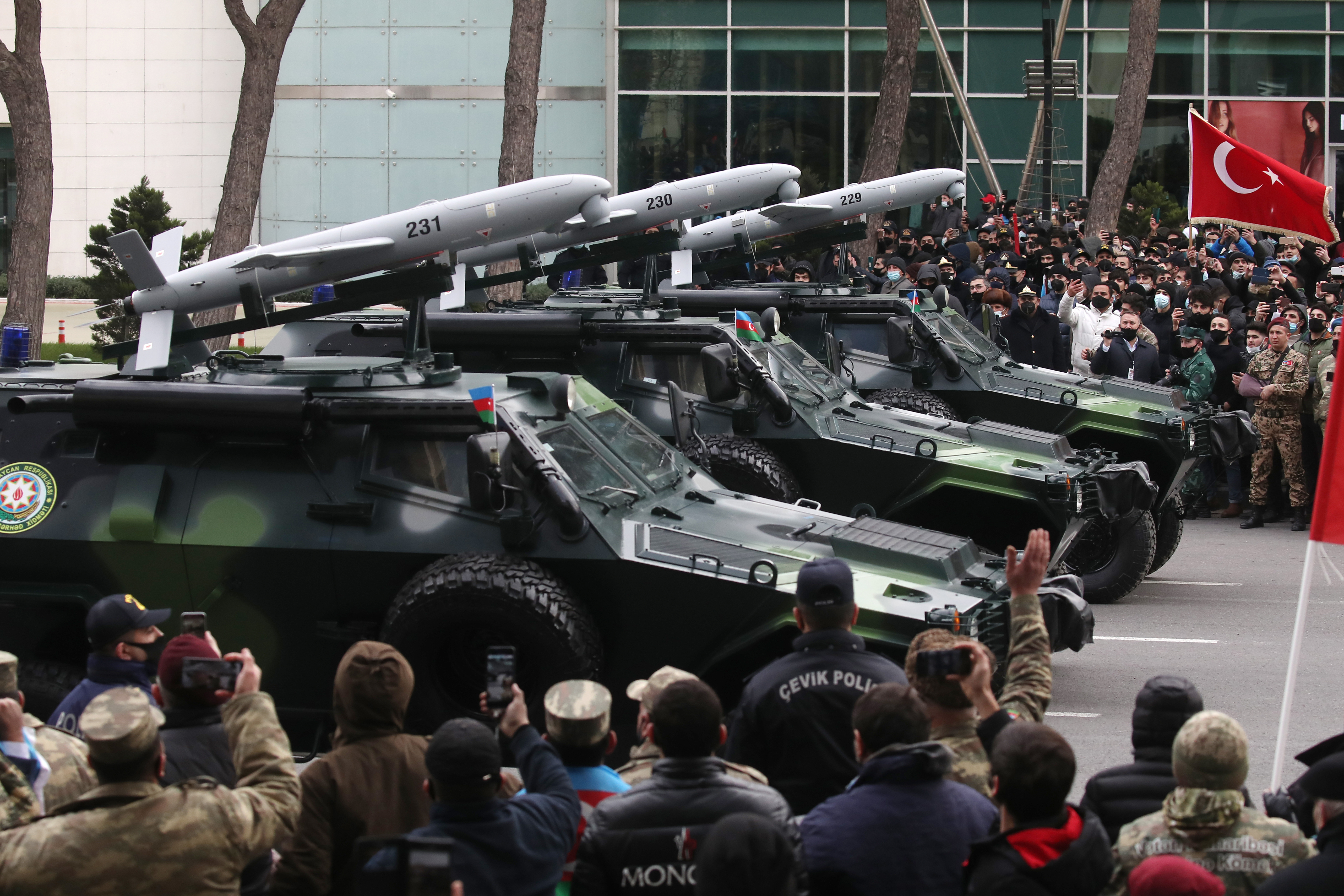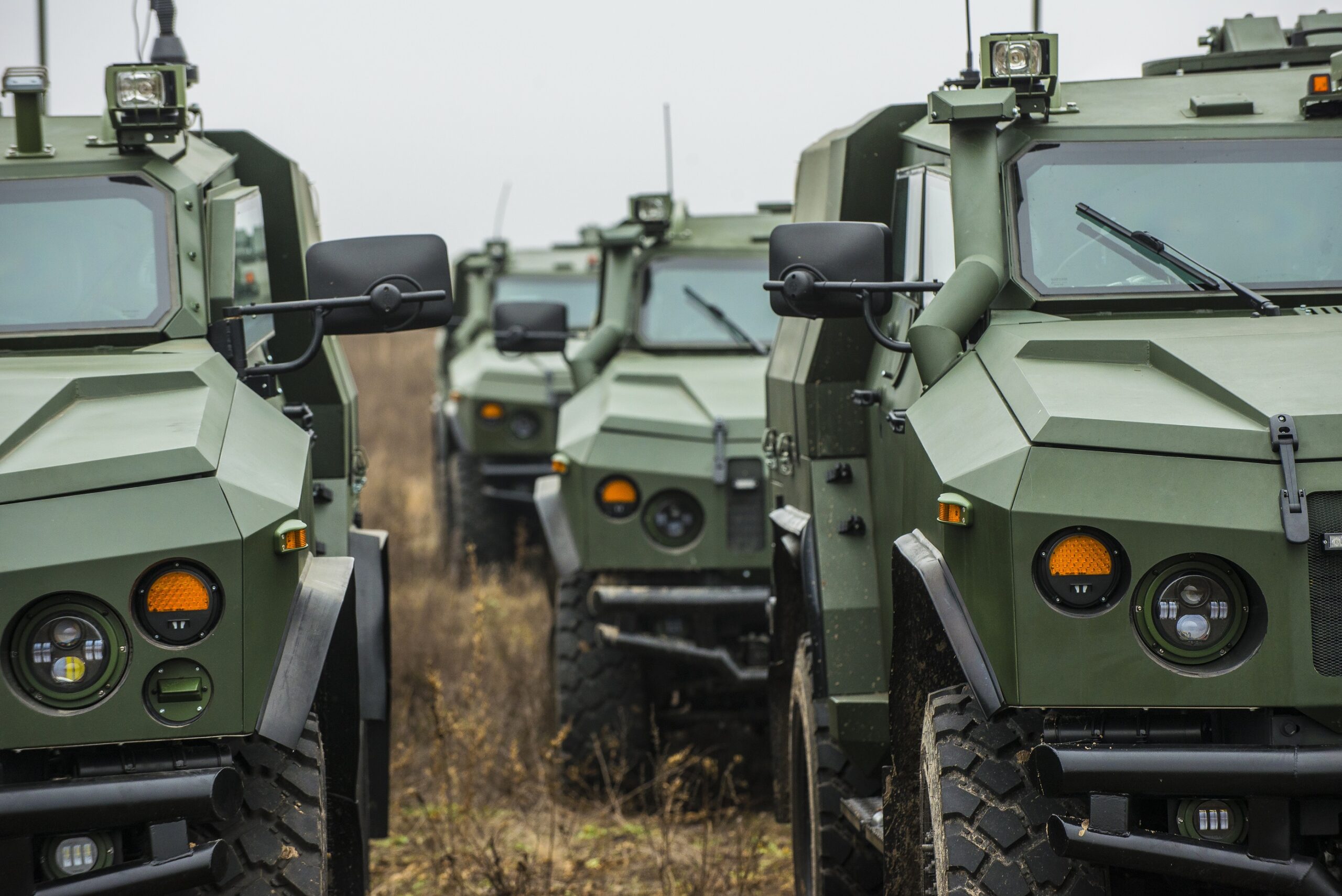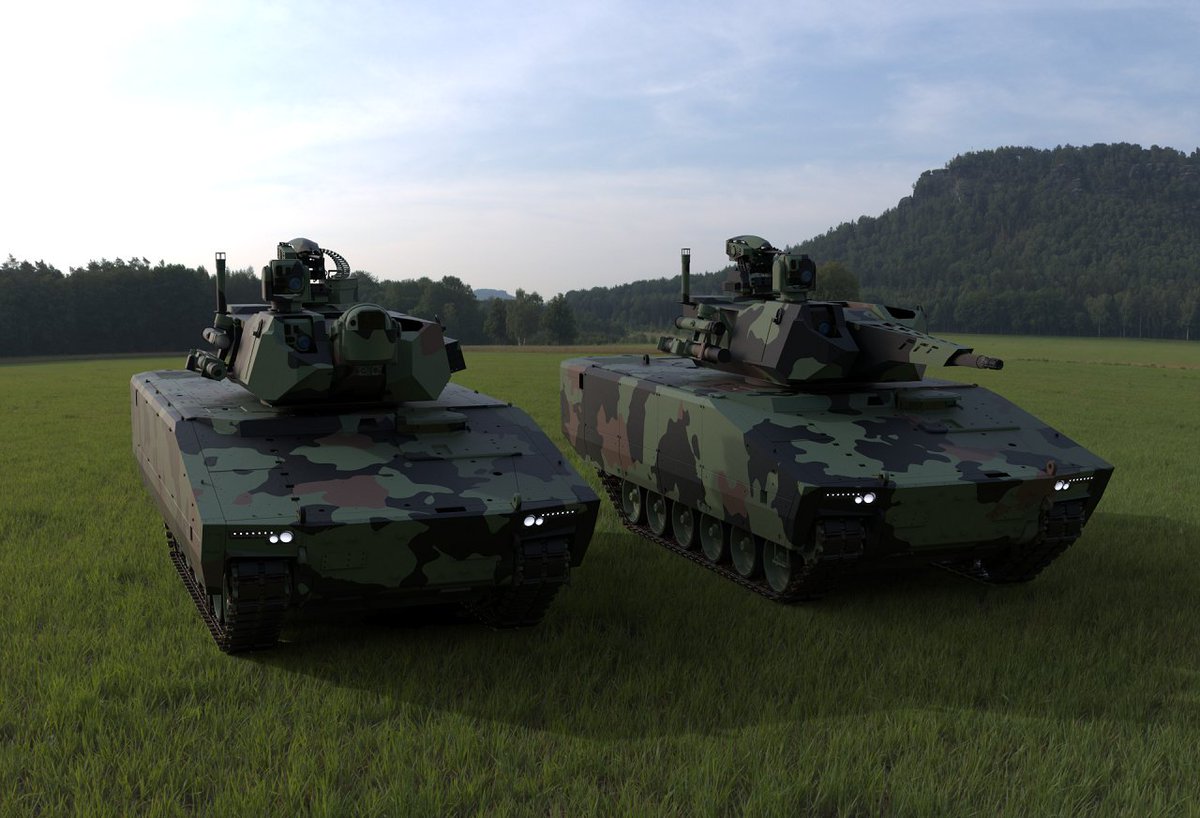Future Military Vehicles - Projet Inkomoko's robots have turned combat into training, but the program's management office says it's just getting started.
The key is to create an intelligent gateway that connects the network and the cloud at a level of security and transforms data so that unified services speak the same language.
Future Military Vehicles

Cabbage. "It's a collaborative effort," says Andre' Abadie.
Life After Abrams: If It Doesn't Look Or Act Like A Tank, It Still May Be The Tank Of The Future
Two robotic vehicles provide roadblocks, blocking roads and denying helicopter landing zones during JRTC - all critical but deadly tasks for soldiers.
The program, which was reinstated during a period of low production, is now able to meet monthly production goals, said Jim Schimer, PEO's assistant director of ground control systems. But "a gap still exists" between what BAE contracted and what it delivered.
Brig. General Glenn Dean. Bradley's successor, the OMFV, will be on trial.
With the military's A-PNT program currently targeting a small subset of tactical vehicles, a low-cost temporary solution is available to combat this threat.
Kodiak Robotics To Automate Us Army Future Ground Vehicles
This industry thrives on illegally used vehicles. Congress and the Biden administration are a tough sell.
The company, which had never built a car before, said, "We know we may be considered the underdog, but we're not going to quit" — and the Army is openly pursuing small businesses with big ideas.
The Korean company is affiliated with US-based Oshkosh. That means at least five teams are competing to replace the M2 Bradley, a more powerful solution than the first military test in 2019.

General Dynamics provides a military design process - not a specific vehicle - that actively evaluates various options. Common features: advanced electronics, open architecture and artificial intelligence.
U.s. Army's Future Armored Combat Vehicle Concept Render Revealed
BAE's announcement revealed a previously unseen silhouette of the car. Could this be BAE's proposal for an Emergency Combat Vehicle?
L3Harris joins Textron and Raytheon in the Rheinmetall team to develop the strongest high-tech armor for the Optional Combat Vehicle competition.
The army chief defended a major program to modernize the service, particularly armored vehicles and long-range missiles. Reconnaissance and Inspection Vehicles, Mounted Combat Vehicles, Non-Linear, Non-Linear Mortars, Field Recovery and Maintenance Vehicles, Passenger Vehicles, Medical Vehicles, Guide and Control Vehicles
The Manned Ground Vehicle (MGV) is a family of light, manned ground vehicles developed by BAE Systems and Geral Dynamics as part of the Future Force Combat Systems (FCS) program. The MGV program was introduced as a replacement for the Stryker interim vehicle program.
U.s. Army's Future Vehicles To Receive Hybrid Electric Engines
The main vehicle, and the only one built as a prototype, is the Non-Line-of-Sight Cannon. Sev other vehicles must follow.
MGVs were considered too light (originally set at 18 tons) to meet aerodynamic requirements. The vehicle that the army wants to replace the MGV is between 30 and 70. To reduce weight, the army changes its weapons and protection systems and operates.
The FCS program was discontinued in 2009 due to concerns that the program was too expensive and the technology too advanced. The MGV program was replaced by the Ground Combat Vehicle program, which was canceled in 2014.

The FCS-Wheel (FCS-W) is the first concept designed to feature an electric drive system with a two-person cockpit. A technology demonstration vehicle built by the United Defse was launched in 2002.
Near Future Armored Truck
The FCS-W is designed to deliver a top road speed of 75 mph and a top cross-country speed of 40 mph. The vehicle's armor uses the same armor as the tracked one but is lighter. The vehicle will also have an active safety system. The arrangement of the turbine and engine compartment is provided for two people, on the side of the cockpit and a large compartment for payments.
In May 2000, DARPA awarded contracts to four industrial teams to develop the Future Combat design and in March 2002, the Army selected Boeing and Science Applications International Corporation (SAIC) to be the "system lead" to oversee the development and outstanding production. of 18 FCS systems.
In October 2002 United Defense (UD) and Boeing/SAIC signed a memorandum of understanding to bring the Objective Force non-line-of-sight cannon under the FCS umbrella.
In January 2003, Boeing and SAIC partnered with General Dynamics Land Systems (GDLS) and United Defse LP (UDLP) to develop the MGV. UDLP is responsible for leading the development of five vehicles (including NLOS-C) while GDLS is responsible for leading the development of the other three vehicles.
Rafael: Armored Vehicles Battlefield Modernization
In May 2003, the Department of Defense (DAB) approved the next round of FCS acquisitions, and in August 2004 Boeing and SAIC awarded contracts to 21 companies to design and build various hardware and software sites.
In March 2005, Chief of Defense Staff Claude Bolton told the House Armed Services Committee that the weight of the MGV was down to 19 tons.
In 2005, the Army relied on vehicle requests to bring the C-130. The relaxation of the C-130 requirement for vehicles to be carried in stripped form allows the cover weight to increase from 18 tons per vehicle, to 24 tons.

The Army issued an order to shut down MGV and NLOS-C operations in June. Eventually the military discontinued MGV, but not NLOS-C. In a news release, the military said the delay would "affect" the development of NLOS-C but said it was looking for better ways for NLOS-C.
Rcv_robotic Combat Vehicle Concept On Behance
To reduce weight, the Army replaced the weapon with a protective and functional system. It is expected to provide the same level of protection as the armored vehicles it replaces.
The weapon is a special secret matrix that can be used by industry in the Ground Combat Vehicle program.
A standard MGV chassis is required to protect 30 mm and 45 mm fire with a 60 degree arc in front of the vehicle. Provides 360 degree protection for small guns up to 14.5 mm guns and 155 mm guns. Protection against long-range bombs and anti-tank missiles will be provided by a protection system developed by Raytheon known as "Quick Kill".
The use of a common chassis reduces the personnel training required and allows for quick repairs. The MGV range uses a diesel engine system. The MGV also uses a number of weight-saving features, including composite armor, titanium materials and construction, and a continuous band.
The Future Is Now At Jrtc: Modernizing The Force With Tactical Wheeled Vehicle Leader Follower Technology
The Mk44 Bushmaster II 30 mm gun on reconnaissance and patrol vehicles provides more power, but weighs 25% less than the M242 Bushmaster it will replace.
The weight per full combat capacity (FCC) increased to 24 tons in June 2006, to 27.4 tons in January. According to the former program manager, the weight of the MGV chassis became the "death knell", because the weight increase in the system was completed for the entire system (for example, heavy armor was needed to be stronger. carry). FCC weight increased to 30 tons.
TRADOC has been slow to update its plans for the MGV. TRADOC proposed removing the C-130 transport requirements in 2007 and increasing the weight to 27.4 tons in 2007. The draft proposal was suspended.

MGVs in esstial combat mode should be protected from all sides by 14.5 mm bullets, and 30 mm from the front. This requirement was changed later in the year to 14.5 mm armor and armor.
Better Fighting Vehicles And Trucks Are In The Army's Future
The XM1201 Reconnaissance and Surveillance Vehicle (RSV) features an advanced sensor suite to rapidly detect, identify, track, engage and engage targets in all weather conditions, day or night.
The suite includes mast-mounted optoelectronic infrared sensors, emitter mapping sensors for radio use and direction finding, chemical sensors and high performance radio sensors.
RSV also demonstrated the library's ability to guide target detection, enabling target recognition and single-level ssor fusion. To further enhance its scouting capabilities, the RSV is also equipped with Unattded Ground Sources, small unmanned vehicles with separate payloads and two unmanned aerial vehicles. It will be armed with a 30 mm MK44 autocannon and a coaxial 7.62 mm M240 gun.
The XM1202 Mounted Combat System (MCS) was designed as a replacement for the M1 Abrams tank.
The Electrifying Future Of Military Ground Vehicles
The MCS is supposed to provide direct and beyond-line-of-sight ('indirect') firepower, and allow deep damage of targets up to 5.0 kilometers.
In 2009, the MCS will be manned by two crew members and armed with a large 120mm caliber gun, 12.7mm.
The MCS is intended to deliver rapid precision fire, to destroy multiple targets quickly, and to complement other systems in the area of operation. It will work

Future armoured vehicles, lexus future vehicles, autonomous vehicles future, military vehicles, future ev vehicles, future vehicles, future military, future us military vehicles, future mazda vehicles, future of electric vehicles, future of vehicles, future ford vehicles
0 Comments